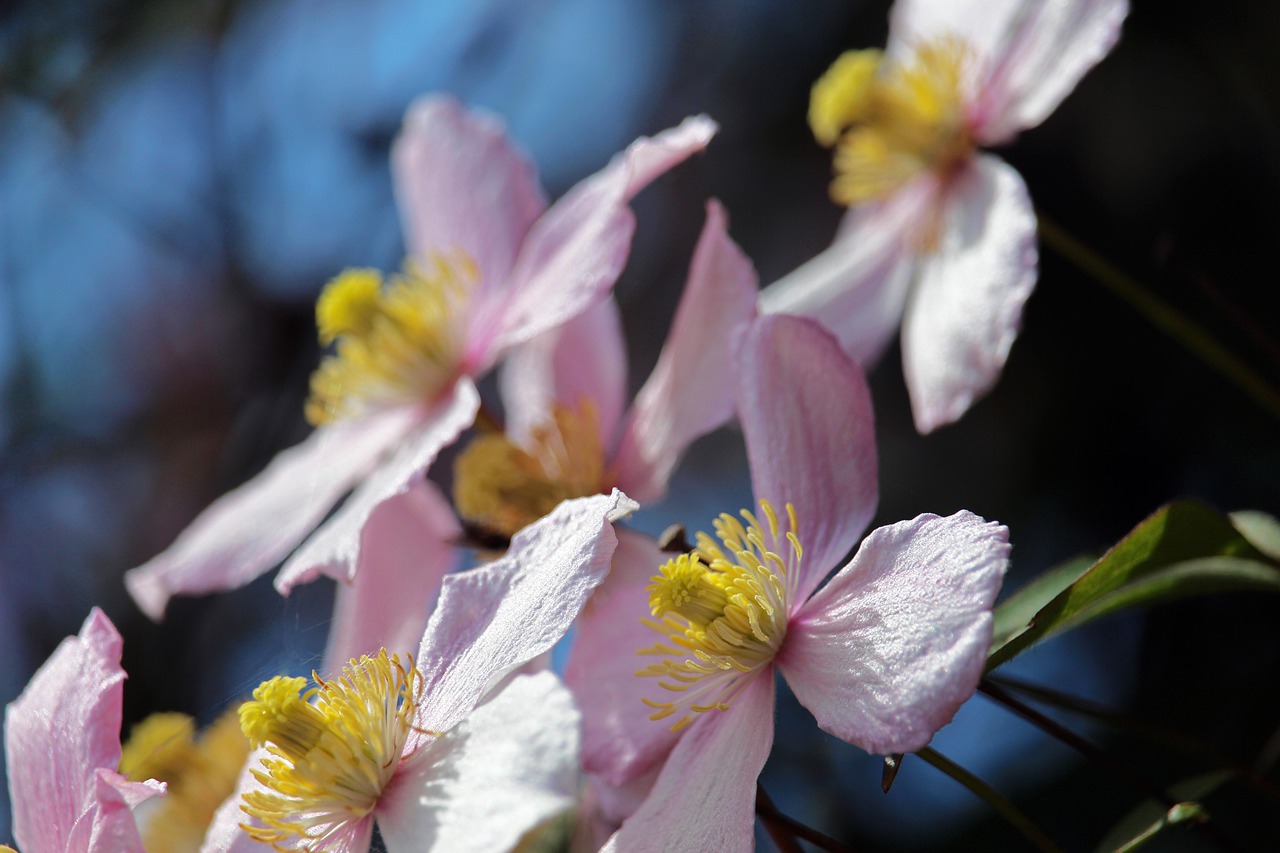Last Updated on January 11, 2022 by Real Men Sow
Your clematis needs the same nutrients and vitamins that your body does to survive. Feeding clematis is crucial as it needs special nutrients to grow and produce beautiful flowers. However, these nutrients must be given at the right time.
You should stop feeding after September to avoid encouraging new growth that can be damaged by frost. Also, you should stop feeding them when they are in flower if you feed them every two weeks with liquid food such as tomato feed. Mulch in autumn with compost and farm manure to enrich the soil and protect it from frost. This will also help retain moisture until spring.
The Right Time to Feeding Clematis
When the clematis’ leaf buds are beginning to show some growth in spring is the best time to feed them. It is important to realize that the soil temperature can affect the plant’s ability to absorb nutrients. Therefore, it will not be beneficial to feed your clematis if the soil temperature drops below 12°Celsius. Root growth slows down, and sometimes it even stops, when the soil temperature falls below 12°C.
Watch Out For Clematis Roots When Feeding
Remember when the root growth stops, it can’t absorb nutrients as well. If your clematis is unable to absorb the food, it will be a waste to add nutrients to the soil.
It’s best to start applying a feed between February and March. This will ensure that the fertilizer is applied at the correct time. Clematis are fond of food, but fertilizers are used in different ways depending on the season.
What’s The Right Feed for Clematis
- Once the springtime leaf buds have begun to shoot, place a few pieces of bone meal around its base and water it in.
- To encourage better flowering, you can feed your plants every 2-3 weeks with a feed like a tomato feed. However, it is important to stop feeding them as soon as they begin to flower.
- In autumn, add a few sulphate or potash to the base. Also, mulch with compost and farm manure.
- You can apply fertilizer around the base of a clematis if it is hard to do so. Instead, push three or four slow release fertiliser tablets around its base.
You should use each fertilizer according to the instructions on the package. Continue to apply these fertilizers as directed on the box until September. You should not feed the plants after September, except to add the sulphate potash and mulch in fall.
Importance of Feeding Clematis
These components are made up of a basic material called hummus. Humus is a base that breaks down soils and improves their structure. It also increases water conservation in that the plant can hold more water. You also get five strains of beneficial microbes that can improve the plant’s ability to absorb nutrients and increase its resistance to diseases.
Fertilizers For Clematis
These fertilizers contain three main ingredients: potassium, phosphorus and nitrogen. The main ingredients in fertilizers are nitrogen and phosphorus. Phosphorus improves stem growth and leaf growth, while nitrogen increases root growth and the production and durability of the plants. Without these elements, your Clematis will not survive. It won’t be able to produce the necessary things. Your clematis needs nitrogen, phosphorus and potassium. All of these elements can be found in the right food. This will allow you to enjoy a more rewarding flower show.



